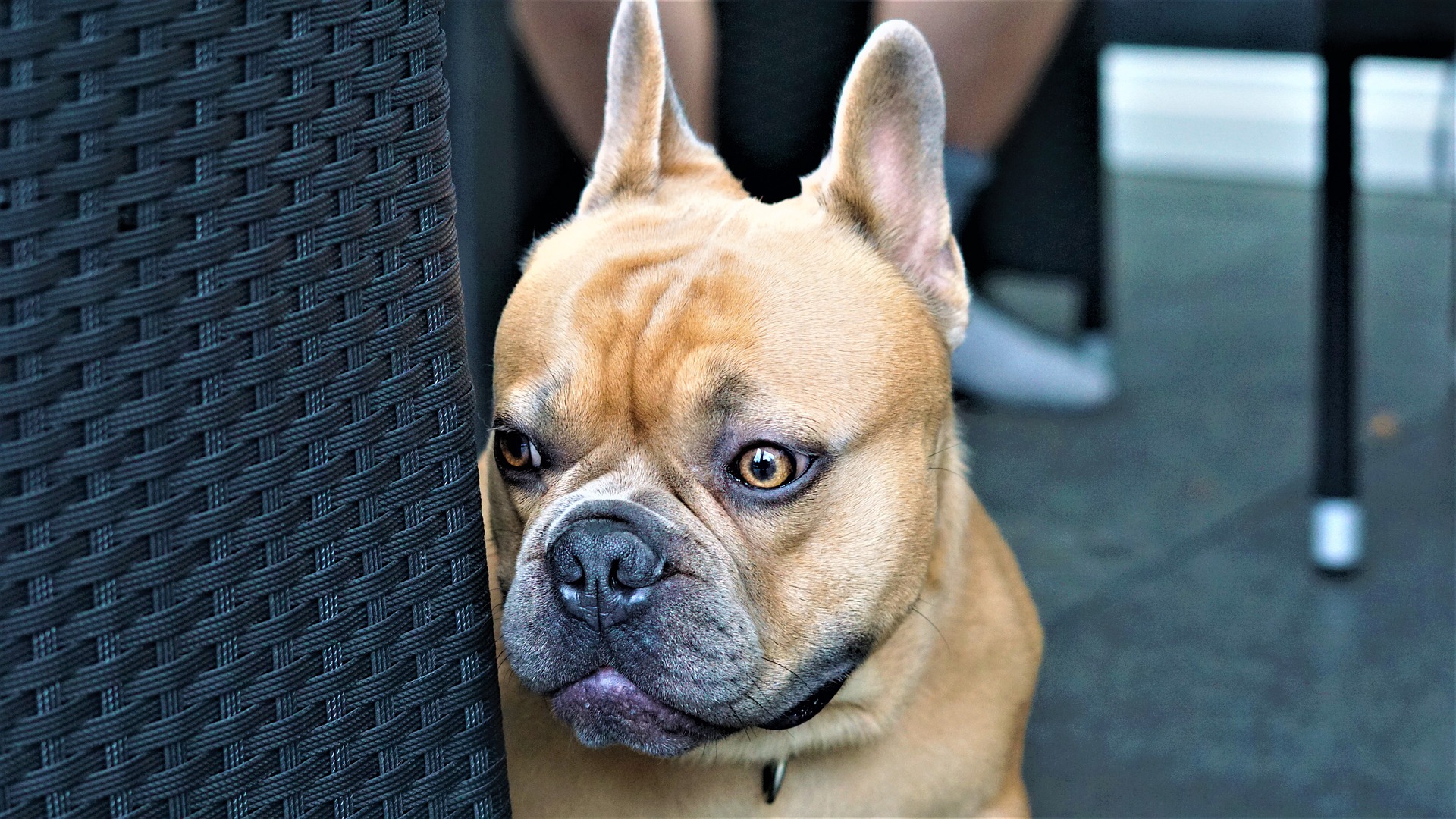You opened your heart and your home to a rescue dog, which makes you a hero! But although your new family member is appreciative, you just can’t seem to get close to him. He seems afraid of everything, anxious and jumpy. When you adopt a dog with some emotional baggage, how can you learn to connect? Here are some tips to breaking through and developing a trusting relationship with a skittish dog.
It’s sad to think about, but most dogs who are nervous or fearful have experienced abuse or trauma of some kind. Therefore it is best for you to have patience when dealing with your new dog. A skittish dog will not be forced into a more bold personality. They have to come along at their own pace and will let you in when they are ready. By expressing patience and kindness, the dog is learning day by day to trust you, to move closer to you and to hopefully accept affection and love. We know it is your natural instinct to want to love on your dogs – but in this case, patience is truly a virtue. Take it slow. As the dog gains confidence, he will exhibit signs of increasing trust, so follow his lead.
Try these expert tips:
Use the best possible treats: Reinforce every positive move the dog makes with the treats he loves the most. When he shows interest in what you are doing, interacts with the other dogs, or moves closer to you – use a calm, happy voice and share his favorite treat. You may have to experiment a bit to find out exactly what works best for your specific dog.
Try toys, but don’t get discouraged: A dog’s natural instinct is to play and be happy. While what they have experienced may have stolen that from them, the desire to play is still under there somewhere. Try interacting with your dog with a few toys, but don’t worry if he doesn’t respond right away. Leave them around the house, and see what he shows interest in when he is on his own. Keep trying. As trust builds, so should his will to play with you.
Keep moving, but not too close: Many people think that the way to deal with a fearful dog is to stop moving when he is around. While rapid or sudden movements will startle a skittish dog, the weirdness of everyone standing still is not good either. Simply give the dog a wide berth, and don’t get too close. If the dog chooses to follow you around, or join the family in the backyard, don’t make a big deal of it. Simply act as if it is perfectly natural, and soon it will be.
Be aware of how you act: Until the dog is less fearful, be cognizant of your tone of voice, the volume of the TV, or moving too quickly in his proximity. Keep things calm and at a normal decibel level. To encourage him to approach you, sit on the floor away from the dog and turn slightly away. If he approaches, let him sniff, snuggle or paw – whatever makes him comfortable. And please resist the urge to suddenly embrace him, not matter how much you want to.
Have realistic expectations: The fact is, you may make significant progress with your skittish dog – but he may never be as rambunctious or playful as your other canines. Accept every “win” and know that you are helping this precious pup to live and thrive in an environment that feels safe. And that is most important of all.
For more help in training or socializing dogs, call Gulf Coast K9 Dog Trainers today. We have been helping Sarasota and Bradenton dogs and their owners to have healthy, happy relationships for years.





